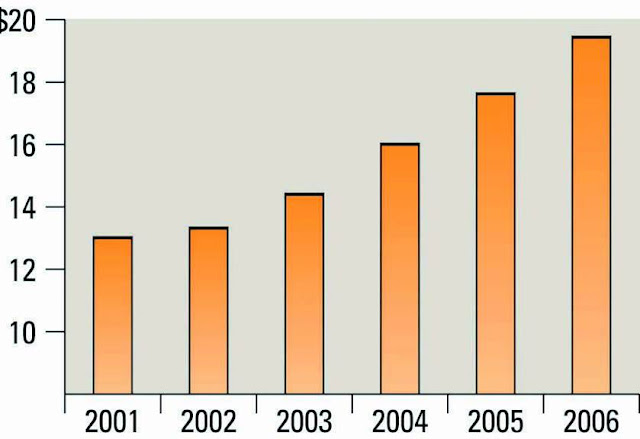- RM enables an organization to:
- Provide better customer service
- Make call centers more efficient
- Cross sell products more effectively
- Help sales staff close deals faster
- Simplify marketing and sales processes
- Discover new customers
- Increase customer revenues
Recency, Frequency, and Monetary Value
- Organizations can find their most valuable customers through “RFM” - Recency, Frequency, and Monetary value
- How recently a customer purchased items (Recency)
- How frequently a customer purchased items (Frequency)
- How much a customer spends on each purchase (Monetary Value)
The Evolution of CRM
- CRM reporting technology – help organizations identify their customers across other applications
- CRM analysis technologies – help organization segment their customers into categories such as best and worst customers
- CRM predicting technologies – help organizations make predictions regarding customer behavior such as which customers are at risk of leaving
Customer Relationship Management’s Explosive Growth
Using Analytical CRM to Enhance Decisions
- Operational CRM – supports traditional transactional processing for day-to-day front-office operations or systems that deal directly with the customers
- Analytical CRM – supports back-office operations and strategic analysis and includes all systems that do not deal directly with the customers
- Operational CRM and analytical CRM
Customer Relationship Management Success Factors
- CRM success factors include:
- Clearly communicate the CRM strategy
- Define information needs and flows
- Build an integrated view of the customer
- Implement in iterations
- Scalability for organizational growth


No comments:
Post a Comment